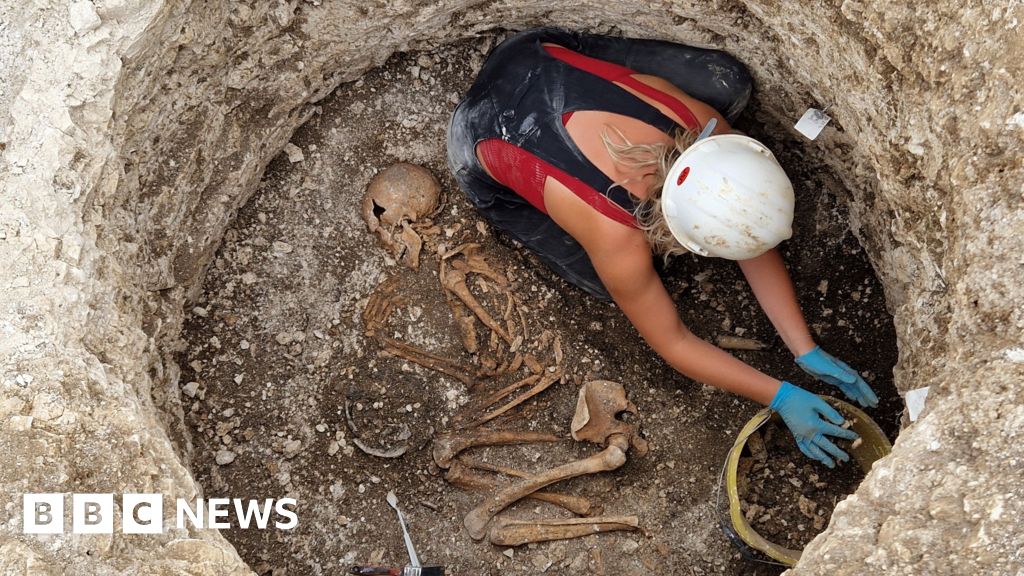Celtic Women: The Cornerstones of Social Structure in Iron Age Britain
New genetic research reveals that women were central to Celtic social networks, controlling land and property in pre-Roman Britain.
Overview
A groundbreaking genetic study from a late Iron Age cemetery in Dorset has unveiled that women were the backbone of social connections in Celtic society. Two-thirds of individuals analyzed shared a maternal lineage, indicating that women remained in their communities while men moved in after marriage. This matrilocality pattern suggests stronger female control over land and social networks, fundamentally challenging previous assumptions about gender roles in historical contexts. The findings highlight the notable influence women held in Celtic society prior to the Roman invasion, suggesting a more egalitarian social structure than often perceived in ancient times.
Report issue

Read both sides in 5 minutes each day
Analysis
Analysis unavailable for this viewpoint.
Articles (4)
Center (3)
History
- This story does not have any previous versions.


